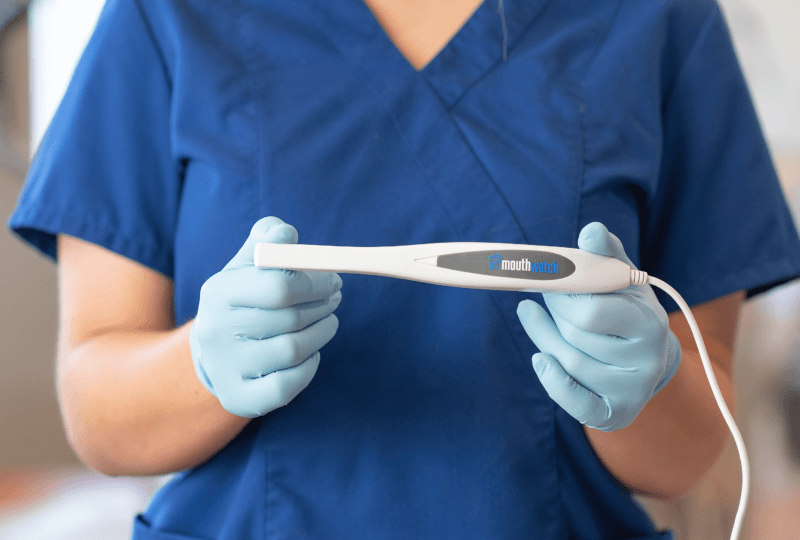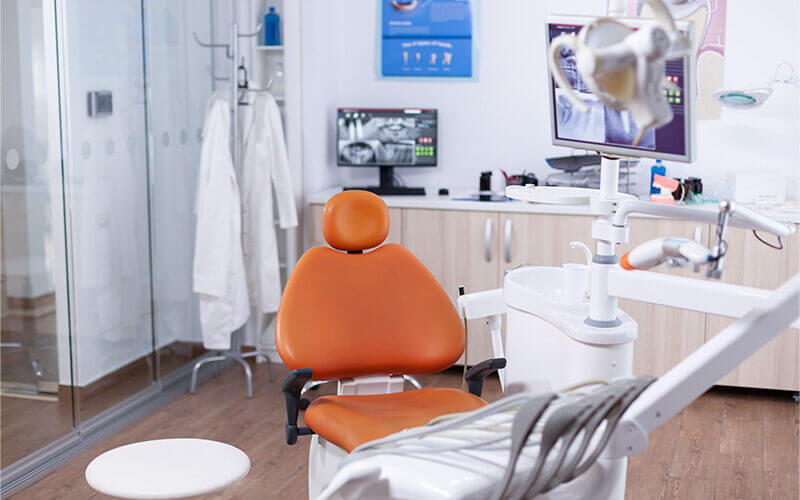
Expanding patient care options means more treatment opportunities
Through TeleDent’s consolidated communications, dental clinicians can digitally streamline coordination of care. Find cost savings while improving patient convenience at the same time. Meet patient expectations for telehealth options and make better use of chair time and staff resources, including your own time as the dentist!
Attract and retain patients
Drive new patient acquisition and retention as a dental practice offering the convenience of virtual care.
Optimize in-office visits
Shift post-op visits or initial evaluations to virtual. Save chair time for procedures with virtual visits enabling efficient in-office care, reduced cancellations and increased opportunity to expand care volume.
Make referrals that work better
With referral drop rates near 40%, private practices need a better solution. Streamline collaboration with specialists, stay in the loop, and reduce the burden on patients to complete referral appointments.
Create the best form of marketing: personal contact
Supervised remotely by a TeleDent connected dentist, team members can provide screenings that also capture clinical data for later evaluation using MouthWatch cameras.
Improve case acceptance
Send custom visual treatment plans that help patients and stakeholders understand the need for procedures and increase case acceptance rates.
Improve chair time ROI
Improve overhead by shifting initial consultations and post-op follow ups to virtual visits for more productive chair time that’s reserved for treatment.
See TeleDent in action for yourself
The benefits of combining TeleDent and MouthWatch Intraoral Cameras
TeleDent software and intraoral cameras can be used together to improve the patient experience and boost case acceptance.

Help all stakeholders get on board for treatment needs
Digitally send patients a visual treatment plan post-visit that leverages quality intraoral image from MouthWatch cameras. Improve case comprehension by all parties and therefore case acceptance.
Improve care coordination
TeleDent’s case management features and customizable user access settings combined with intraoral imaging with MouthWatch cameras are a powerful combination to help your team coordinate care with specialists.
Community outreach that works
Hygienists equipped with MouthWatch cameras and connected to their dentist with TeleDent can (literally) capture a better picture of a remote patient’s oral health. Intraoral images and exam notes can be shared with the office via TeleDent. A visual treatment report built in and shared through TeleDentwith the patient or other stakeholders (guardians, parents, spouses) helps close the loop on treatment.
Learn more about MouthWatch teledentistry and intraoral imaging solutions
MouthWatch news and resources
Resources you might find useful
5 Examples of Teledentistry Transforming Private Practices
Webinar Available On Demand
Grow your private practice with MouthWatch
Increase profitability and drive patient growth by combining our high-quality intraoral cameras with the convenience of TeleDent software.



